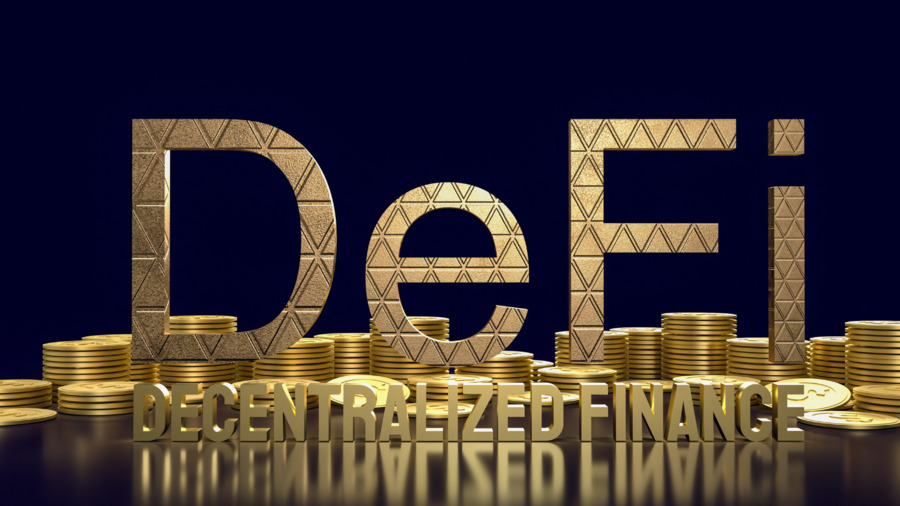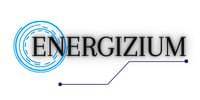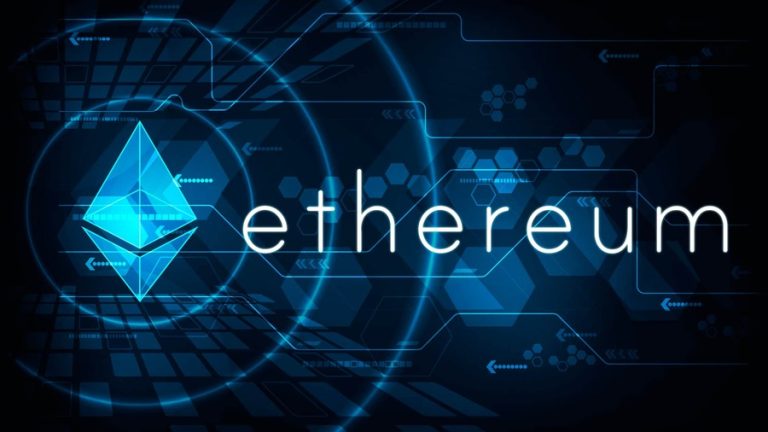
Decentralized Finance Interoperability: Connecting the Dots
Decentralized Finance (DeFi) has disrupted the traditional financial industry by providing more accessible, transparent, and secure financial services. However, the fragmented nature of the DeFi ecosystem creates challenges for users who want to interact with multiple platforms. Decentralized Finance Interoperability aims to solve this problem by connecting different DeFi applications to enable a seamless and efficient user experience.
What is Decentralized Finance Interoperability?
Decentralized Finance Interoperability refers to the ability of different DeFi protocols and applications to interact and exchange information seamlessly. Interoperability enables users to move their assets and data across multiple DeFi platforms without losing control over them or incurring high transaction costs. The goal of interoperability is to create a more connected and efficient DeFi ecosystem that can attract more users and foster innovation.
Why is Interoperability Important for Decentralized Finance?
Interoperability is essential for the growth and sustainability of the DeFi industry for several reasons:
1. Better User Experience
Interoperability makes it easier for users to access a wider range of DeFi services without the need to create multiple accounts and manage different wallets. This seamless experience enhances user engagement and encourages more people to adopt DeFi.
2. Increased Liquidity
Interoperability creates more significant liquidity pools by enabling assets to move freely across different DeFi platforms. This increased liquidity lowers transaction costs and improves the efficiency of price discovery, ultimately leading to more stable and accurate market prices.
3. Innovation and Collaboration
Interoperability encourages collaboration and innovation among different DeFi protocols and applications. It creates an open ecosystem where developers can share their ideas and build on top of each other’s work to create new and exciting financial services.
Challenges to Decentralized Finance Interoperability
Interoperability is a complex challenge that requires the cooperation of different DeFi platforms and applications. Some of the challenges to interoperability include:
1. Fragmentation
The DeFi ecosystem is highly fragmented, with many different protocols and applications competing for users’ attention. This fragmentation makes it difficult to establish common standards and protocols for interoperability.
2. Technical Complexity
Interoperability requires the integration of different DeFi protocols and applications, which can be technically challenging. It requires a deep understanding of the underlying blockchain technology and smart contract development.
3. Security Risks
Interoperability creates new security risks, such as the potential for malicious actors to exploit vulnerabilities in one protocol to gain access to another. It requires robust security measures to ensure that users’ assets and data are protected.
Interoperability Solutions
Several solutions are being developed to address the challenges of interoperability in DeFi. Some of the most promising solutions include:
1. Cross-Chain Bridges
Cross-chain bridges enable assets to move between different blockchains. They create a bridge between two chains, allowing users to transfer their assets from one chain to another without the need for intermediaries.
2. Sidechains
Sidechains are independent blockchains that are connected to the main blockchain. They enable users to transfer their assets and data from the main chain to the sidechain and back.
3. Decentralized Exchanges (DEXs)
Decentralized exchanges are platforms that enable users to trade cryptocurrencies without the need for intermediaries. DEXs can also act as bridges between different blockchains by enabling users to exchange assets between different chains.
The Importance of Decentralized Finance Interoperability Standards
One of the challenges of achieving interoperability in DeFi is the lack of standardization across different protocols and applications. Without common standards, it can be difficult for different platforms to communicate with each other, leading to fragmentation and inefficiencies.
To address this challenge, several initiatives have emerged to develop interoperability standards for DeFi. Some of the most notable initiatives include the Inter-Blockchain Communication (IBC) protocol developed by the Cosmos network, the Polkadot network’s Cross-Chain Message Passing (XCMP) protocol, and the Ethereum network’s Token Bridge protocol.
These interoperability standards aim to create a common language and set of protocols for different DeFi platforms to interact with each other. By adopting common standards, interoperability can be achieved more easily, creating a more connected and efficient DeFi ecosystem.
Decentralized Finance Interoperability in Practice: Use Cases
Several DeFi projects are already working to achieve interoperability between different protocols and applications. Here are a few examples:
1. Wrapped Bitcoin (WBTC)
Wrapped Bitcoin (WBTC) is a token that represents Bitcoin on the Ethereum blockchain. By wrapping Bitcoin, users can move their Bitcoin holdings onto the Ethereum network and use them in Ethereum-based DeFi applications.
WBTC achieves interoperability between the Bitcoin and Ethereum networks by using a custodian model, where a trusted third party holds the Bitcoin and issues WBTC tokens on the Ethereum network. While this model is not fully decentralized, it enables users to access a wider range of DeFi services using their Bitcoin holdings.
2. Ren Protocol
The Ren Protocol is a decentralized protocol that enables interoperability between different blockchain networks. Ren allows users to mint cross-chain versions of their assets, such as Bitcoin and Zcash, on the Ethereum network, enabling them to use these assets in Ethereum-based DeFi applications.
Ren achieves interoperability through a network of dark nodes that act as intermediaries between different blockchains. These dark nodes use secure multiparty computation to enable trustless and decentralized cross-chain asset transfers.
3. Curve Finance
Curve Finance is a decentralized exchange that specializes in stablecoin trading. It achieves interoperability between different stablecoins, such as USDC, DAI, and USDT, by using a unique bonding curve algorithm.
This algorithm enables users to trade stablecoins at a 1:1 ratio, regardless of their underlying value. By eliminating price slippage, Curve creates a more efficient and liquid stablecoin market, making it easier for users to access stablecoin liquidity across different DeFi platforms.
Conclusion
Decentralized Finance Interoperability is crucial for creating a more connected, efficient, and user-friendly DeFi ecosystem. Interoperability enables users to access a wider range of financial services, improves liquidity, and encourages innovation and collaboration among different DeFi protocols and applications.
While interoperability is a complex challenge that requires the cooperation of different DeFi platforms and applications, several solutions are being developed to address this challenge. These solutions include cross-chain bridges, sidechains, decentralized exchanges, and interoperability standards.
As the DeFi industry continues to evolve, interoperability will become an increasingly important area of focus. We can expect to see continued innovation and development in DeFi interoperability solutions, including more robust interoperability standards, decentralized cross-chain bridges, and improved security measures.
I’m a professional writer. I have been writing about Cryptocurrencies for more than 2 years now and I consider myself one of the best authors in this field. I am very passionate about this technology and I believe that it will change the world as we know it. If you want to learn more about cryptocurrencies, you should definitely check out my work!


